I originally published this post on February 8, 2023. I’ve heavily edited, updated, and added to it here, so even if you received it then, it’s also different now.
Once upon 3rd grade, my then-8-year-old came home from somewhere with an origami fortune teller — those star-shaped paper creations ubiquitous to elementary school, where you stick your fingers into the crevices, move them around a number of times, and land on a triangle that will predict your future.
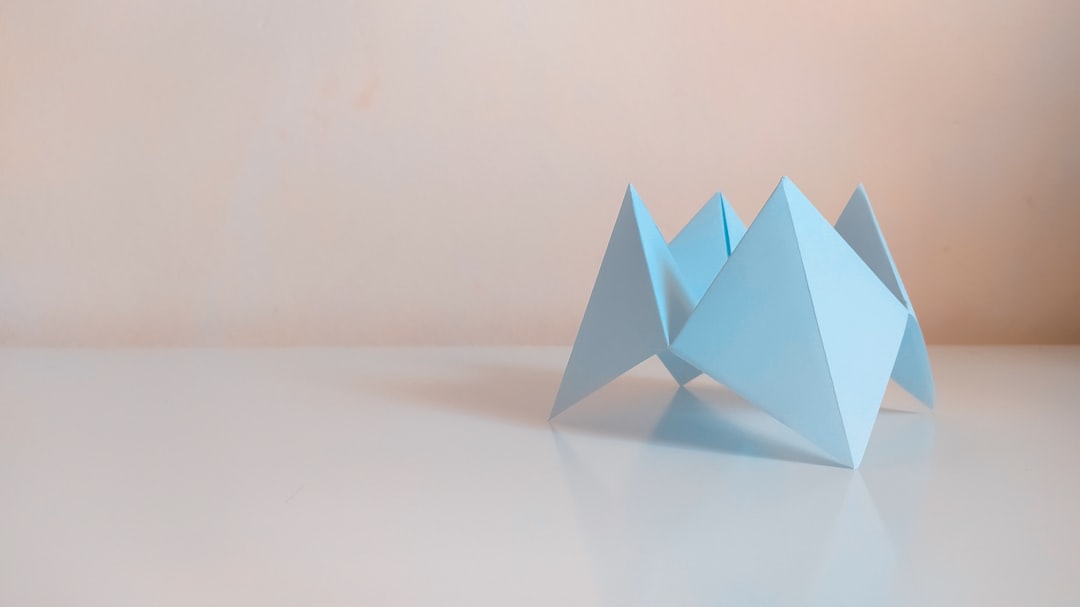
I was near her in the same room as she was toying with it, but not involved, barely even listening when she did the fancy finger-work required and opened her fortune — but I paid attention when she started reading aloud.
“You will be loved,” she read off the paper she’d created.
A beat of silence.
I stole a peek at her as she looked down into the folds. And suddenly she shrugged.
“I’m already loved,” she said, before tossing it down and returning to whatever play she had paused in order to prognosticate.
I sat there for a few seconds completely stunned, before I felt a tsunami of realization and gratitude hit me full on: we’re doing something right. That, and thank you, thank you, thank you, powers greater than myself, for whatever we have done that led to this child, believing this, saying this out loud to herself. It’s certainly not the only thing I’ve tried incredibly hard to instill in my children, but it’s an enormous and important one.
This self-worth is, I believe, inherent in children at birth, but it gets removed quickly for some of them, gradually for others, merely chipped in a lucky few, and the factors at play there are multitudinous. As I’ve thought about this over the years — and I’ve thought about it a lot — it has occurred to me that there is a layer of it that has to do very specifically with the body. This is undoubtedly because we live in an overwhelmingly fat-phobic society full of toxic diet culture, which is inculcated in us as early as our newborn days and lasts til the end of our lives, inescapable.
I reached a point several years ago where, after a lifetime of being steeped in this BS — complete with 25+ years of disordered eating, which I eventually became utterly exhausted by and sick of — I was done, thanks in no small part to Virginia Sole-Smith, whose newsletter, Burnt Toast — an anti-diet, fat-positive community about body liberation and how to navigate diet culture and fatphobia, especially through parenting — has done more to help me re-learn gratitude for my own body and experience real bodily joy than two decades in therapy.
So I wrote this issue about books that focus on bodies in their beauty and glory — titles that show children of all kinds and a whole variety of people loving, celebrating, and finding joy in their bodies. This is what I mean by “bodily joy.”
I could have expanded this (ten-fold) to include books about reproduction, boundaries, consent, and other topics that help children learn about themselves and make them aware of possible danger, but I chose to center bodies first and foremost, as this is a topic where most of us begin with our tiniest readers. (I have to admit that sometimes I really miss the days of, “Where are your eyes? Where is your nose? Where is your mouth?” It always delighted me.)
Those deeper topics are crucial, though, of course they are — and I also haven’t captured all the titles about bodies and bodily joy, by any means — so I’ve created a booklist on Bookshop.org with more extensive options.
Before we dive in…
💓 This issue is dedicated to Allie Prajapati, who will forever know why, and without whom I would not be where I am today. Thanks for walking beside me all these years on this long, long road.
Bodies Are Cool by Tyler Feder (2021)

With this title, Feder created what I can only describe as an incantatory love song of witness, total acceptance, and celebration of bodies. All colors, all sizes, all shapes, all abilities, every kind of body, really, every kind of body is on display here, in utter joy — via Feder’s bright and cheerful digital illustrations — in one big raucous body-loving party.
I wish I had had this book as a child more than any other children’s book I’ve ever come across, and that is really saying something. I am tremendously grateful I get to share it with my children. I want it to be in the hands of every child, everywhere. That’s how much it matters. That’s how important it is.
Bein' With You This Way by W. Nikola-Lisa (1994)

This excellent poetry book opens in a neighborhood park with a playground rhythm, like the singsong of a jump-rope rhyme, calling out different attributes of all the different children in Bryant’s spirited watercolor and colored pencil illustrations, from hair to eye color to arms and legs and skin color.
As the children spend the day together in this neighborhood gathering place, their togetherness is continually affirmed with joyful repetition, “bein’ with you this way!” It’s a beautiful portrait, in words and images alike, of friendship and joy and play.
My Feet Go by Ammi-Joan Paquette, illustrated by Sabrena Khadija (2024)
This simple little celebration of one of our most underappreciated body parts — our indispensable feet — is pure delight for the littlest readers from beginning to end. Khadija’s colorful digital images show various young children and their caregivers being active in many ways, singing the praises, in marvelous rhyme that’s a joy to read aloud, of our “long feet, short feet, thin or round,” our wonderful feet that “keep up on the ground.”
(Be sure to check out Paquette’s equally excellent companion titles in the Body Power series, My Hands Can and My Mouth Says.)
Naked by Michael Ian Black, illustrated by Debbie Ridpath Ohi (2014)
In this hilarious, raucous read, a little boy rips around his house after a bath, doing everything naked (he adds a jaunty cape), gleefully narrating his actions with a singular emphasis on his joyful nudity.
“Running around naked!”
“Sliding down the stairs naked!”
“Eating a cookie totally and completely naked!”
This story — along with Ridpath Ohi’s hysterical digital illustrations — are pure, enormous fun, celebrating being in your body in its full naked glory, just as you are.
I Love My Body Because by Shelly Anand and Nomi Ellenson, illustrated by Erika Rodriguez Medina (2022)
The theses of this exuberant, colorfully rendered read — that everybody has a body and every body is good; that your body takes you where you want to go; that your body is your first home; that your body is different from everyone else’s body (and that’s something to celebrate rather than mourn) — is still, unfortunately, pretty radical for certain generations, including mine. But it affirms something I’ve noticed in teenagers and kids, including my own children — they already believe these things (HALLELUJAH).
So, if we, as caregivers, can keep these beliefs alive — if we can offer them words of affirmation about their bodies and images that reflect all kinds of bodies, abilities, skin tones, clothing, assistive devices, and other differences — the kids have a chance of being alright.
The Best Part of Me: Children Talk About Their Bodies in Pictures and Words by Wendy Ewald (2002)
The author of this book asked 2nd through 5th graders to “choose the parts of their bodies they liked best or that explained the most about them,” and write about them. Coupled with Polaroid photos she took of the chosen body parts, what came out of that project was a chronicle of individual students, the differences between their bodies, and perhaps most revealing, how cultural groups conceive of and think about their bodies. Each page documents appreciation of their various bodies, in their own words, with their own hands. Some wrote about chests, scars, elbows, backs — no part is too humble under this lens, through their gorgeous, child eyes.
The Skin You Live In by Michael Tyler, illustrated by David Lee Csicsko (2005)
In this dynamic rhyming read, Tyler’s joyful narrative, coupled with vibrant digital illustrations by Lee Csicsko, is nothing short of a paean to diversity and self-love that encourages toddlers and preschoolers to appreciate their unique skin and embrace others for theirs.
The themes of inclusion, kindness, and self-esteem here aren’t heavy-handed; they’re just accessible and empowering for children. I like this one most for its cheerful energy and the lines, “Think how lucky you are that the skin you live in, so beautifully holds the ‘you’ who’s within.” Amen.
Big by Vashti Harrison (2023)
Don’t let Harrison’s soft pink chalk pastel and digital illustrations fool you: this title’s gentle images (literally) pale in comparison to its important and deeply moving narrative.
Though loved and affirmed by her family since birth, as she grows physically larger in spaces and places that value smaller bodies, an unnamed little girl is made, through a variety of outside influences and expectations to feel “too big,” which really means, of course, small. It hurts. But in the end, it doesn’t define her.
I’m not sure I’ve ever encountered a picture book that directly addresses anti-fat bias, body image, and self-worth with such remarkable skill, tenderness, and grace. Harrison manages to powerfully capture the emotional impact of societal expectations while also celebrating resilience and self-acceptance, and it is no small feat — and neither is the reminder that we all deserve to take up space.
Amazing You: Getting Smart About Your Private Parts by Dr. Gail Saltz, illustrated by Lynne Avril Cravath (2005)
If you are looking for a basic, introductory, but still entirely entertaining look at the human body — and one that will captivate your toddlers through kindergarten-age kiddos — look no further than this straightforward, well-done title. It’s very much a “facts, and just the facts, ma’am” kind of read, but that’s okay — little children need to start somewhere, and starting simple is fine.
But what I appreciate the most about this one — in addition to Cravath’s cheerful digital illustrations, which offer diversity in race and age, though not ability, it should be said — is that it not only covers the parts and places on one’s body, but emphasizes that bodies are amazing and something to be proud of when you look in the mirror.
If you’re just starting to broach the topic of genitals, the differences between bodies, and how a baby gets made, this is a superb book to have on hand 🤚 (I never pass up an opportunity to pun…)
Starfish by Lisa Fipps (2021)
If you’re anywhere between the ages of 12-120, don’t miss this powerful, raw, and moving novel in verse that captures the struggles and resilience of Ellie, a 12-year-old trying to navigate her life — she’s a victim of fat-shaming, it’s true, but she is also a courageous girl learning to embrace her body, set boundaries (even with her own mother), and use her voice.
Fipps’s accessible writing beautifully conveys Ellie’s complex emotions, rendering the painful journey toward self-acceptance as inspiring as it is heart-wrenching. Her tackling of body image, bullying, and self-worth is absolutely fearless and it’s impossible to finish reading this one without admiring, if nothing else, Ellie’s strength. I’m not sure that exists inside all of us, but this book offers hope that it could.
I hope you’ve found some new books here to help you and your family learn more about bodies and experience that singular feeling of bodily joy.
And, a giveaway 🎁
I’ve always believed in starting with myself before working on my children, so to that end — and because I believe so much in Virginia Sole-Smith’s work — I’m giving away one copy of her fantastic book, Fat Talk: Parenting in the Age of Diet Culture, in paperback.
⏱ The deadline to enter is Wednesday, February 19th at midnight CST. On Thursday, I’ll choose and notify the winner.
Here’s to loving, celebrating, and finding joy in the bodies we’re in 🥰
Sarah



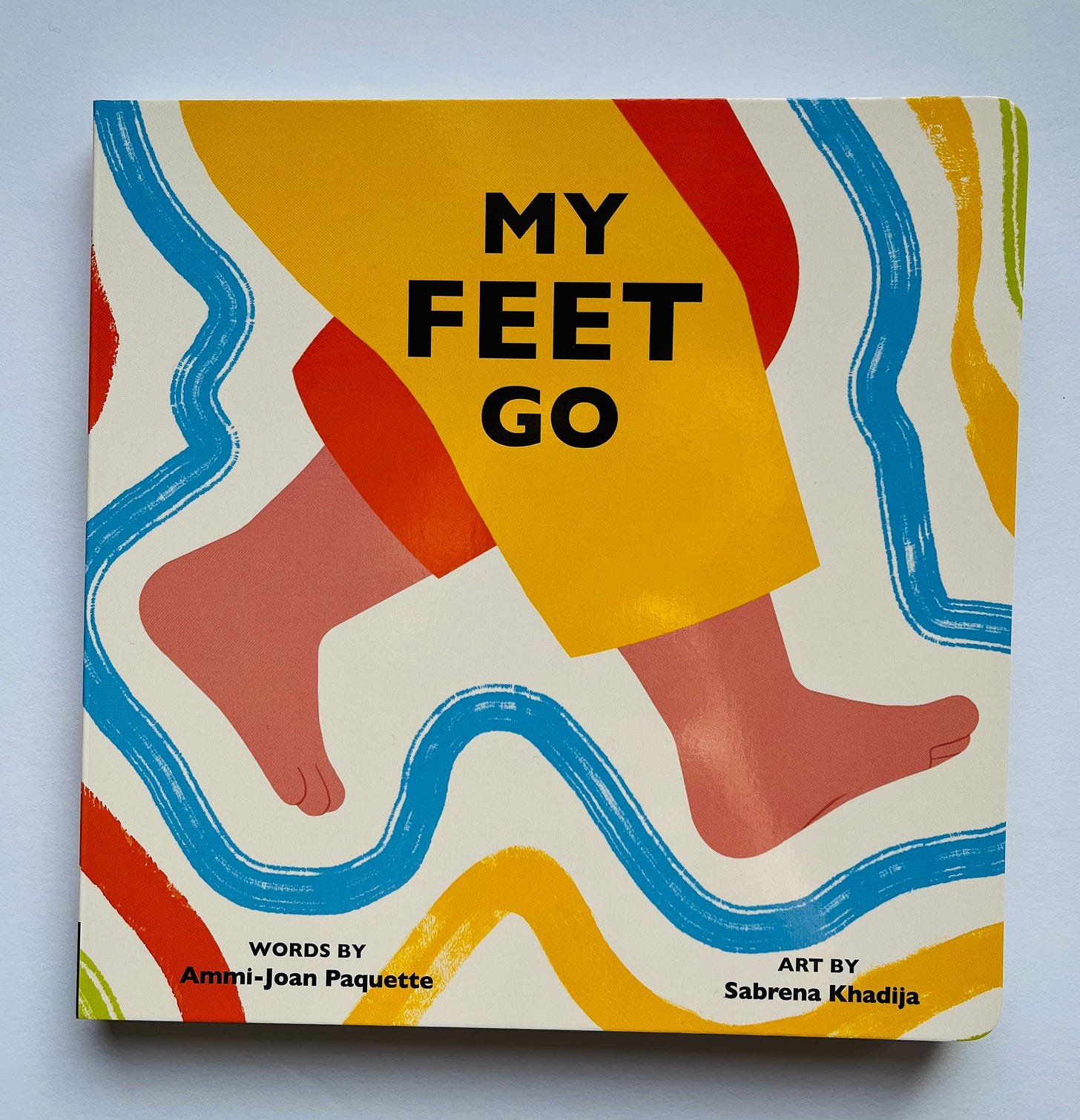


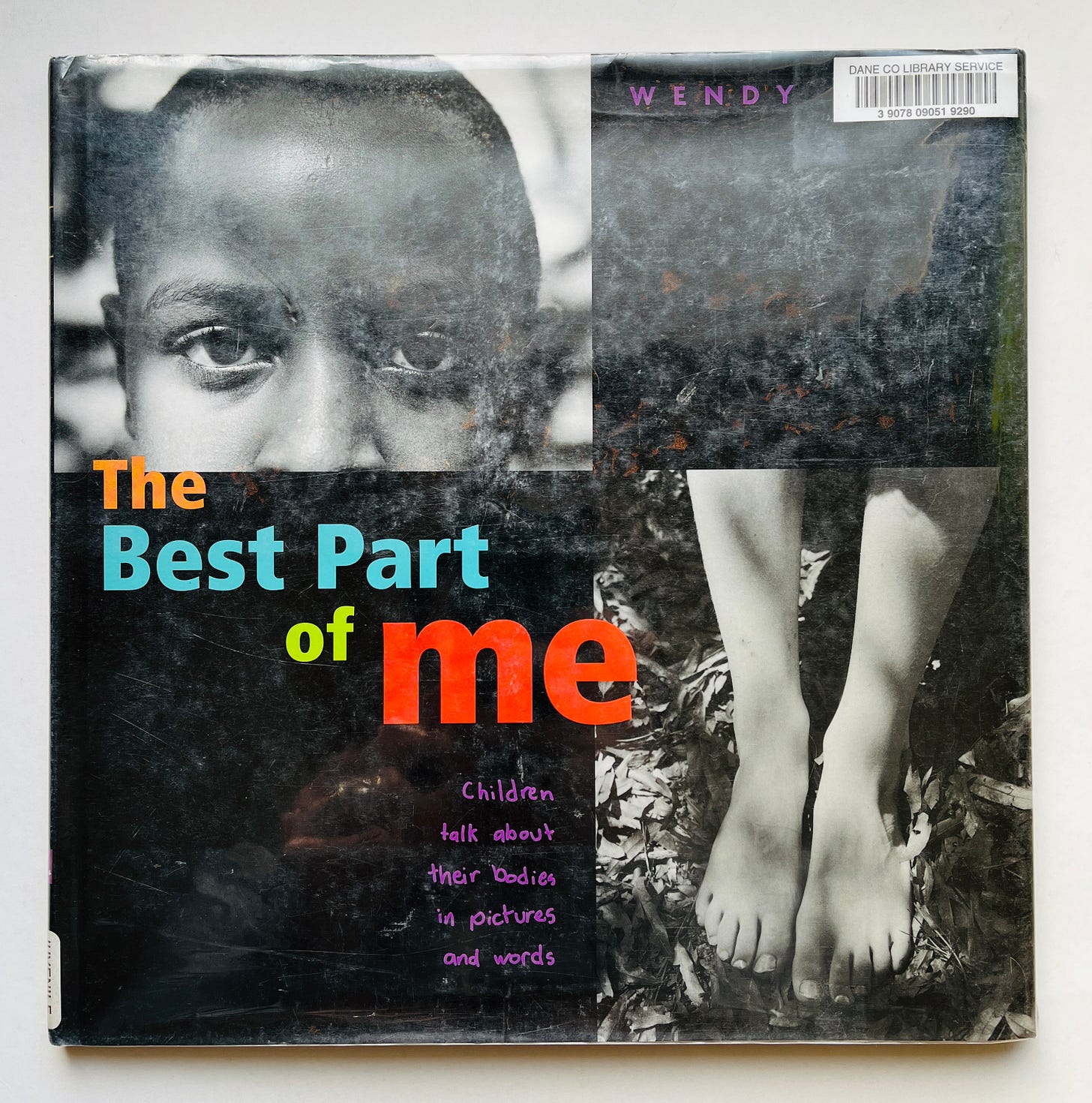
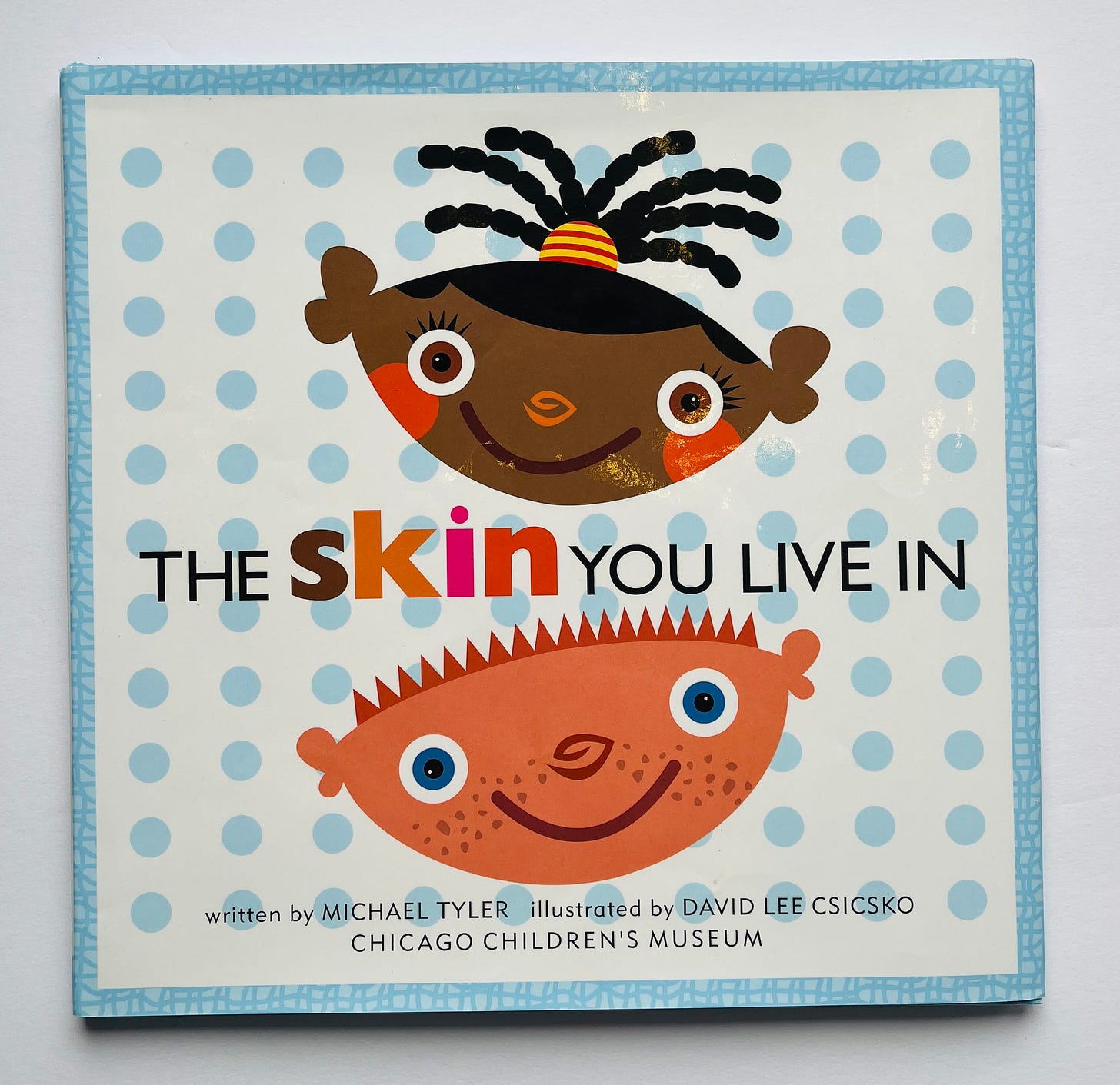
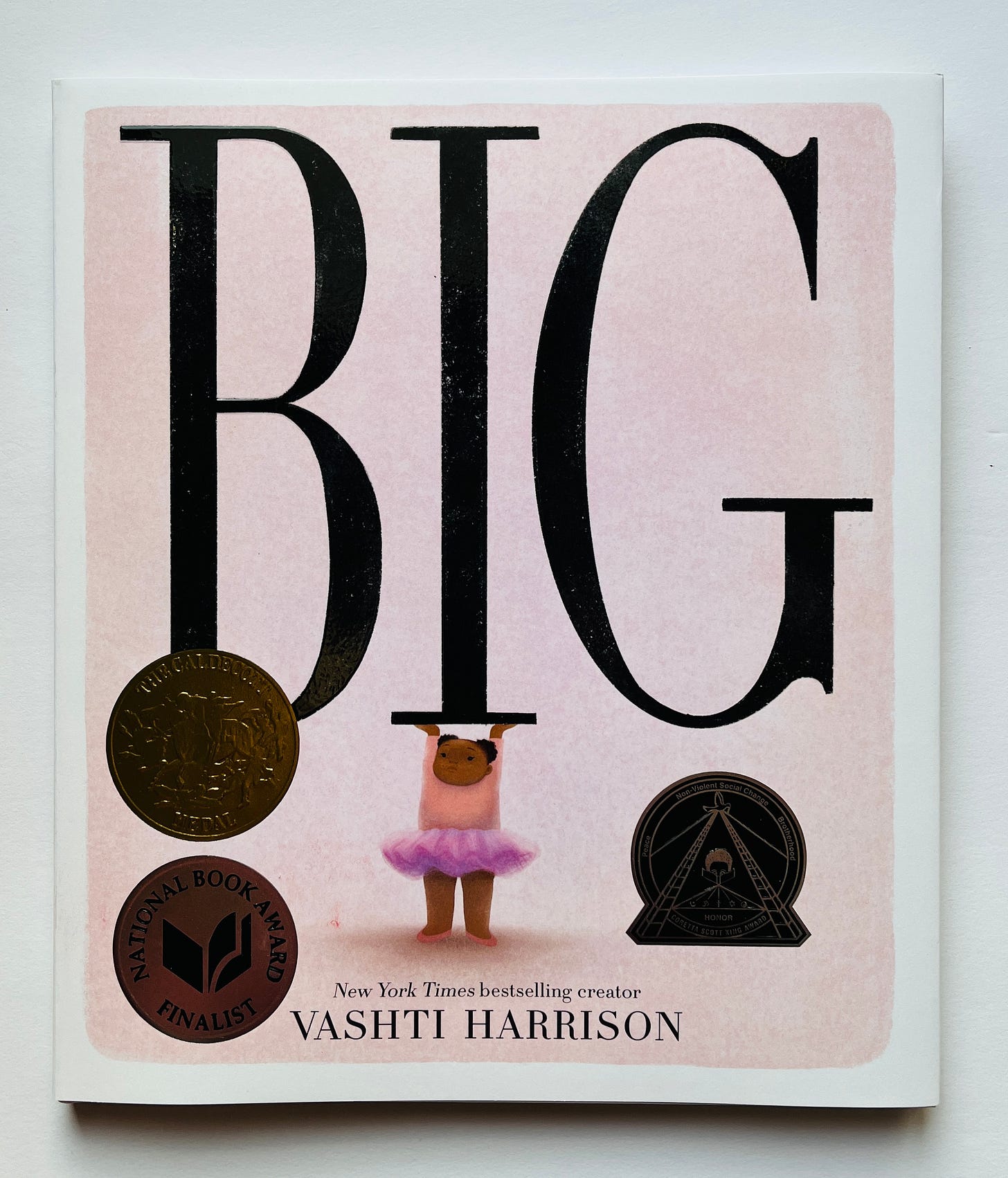


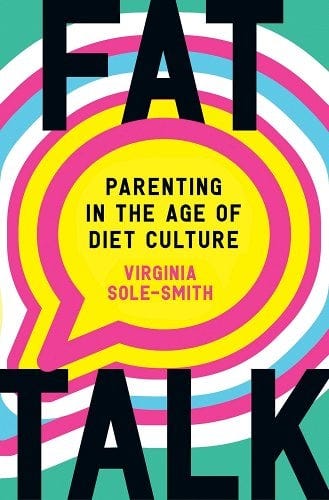
Sarah, I'm working on a piece inspired by Virginia's work, too. It's so important! Also, going to have to check out some of these for my littlest reader who is very much in the "where's your nose" phase.
Bodies Are Cool is one of our family's most beloved books, and one I gift to all new parents! It's the best. Would love to find something in a similar vein/tone for food/food talk (i.e. food isn't good or bad, different foods do different things for our bodies), if you have a rec!